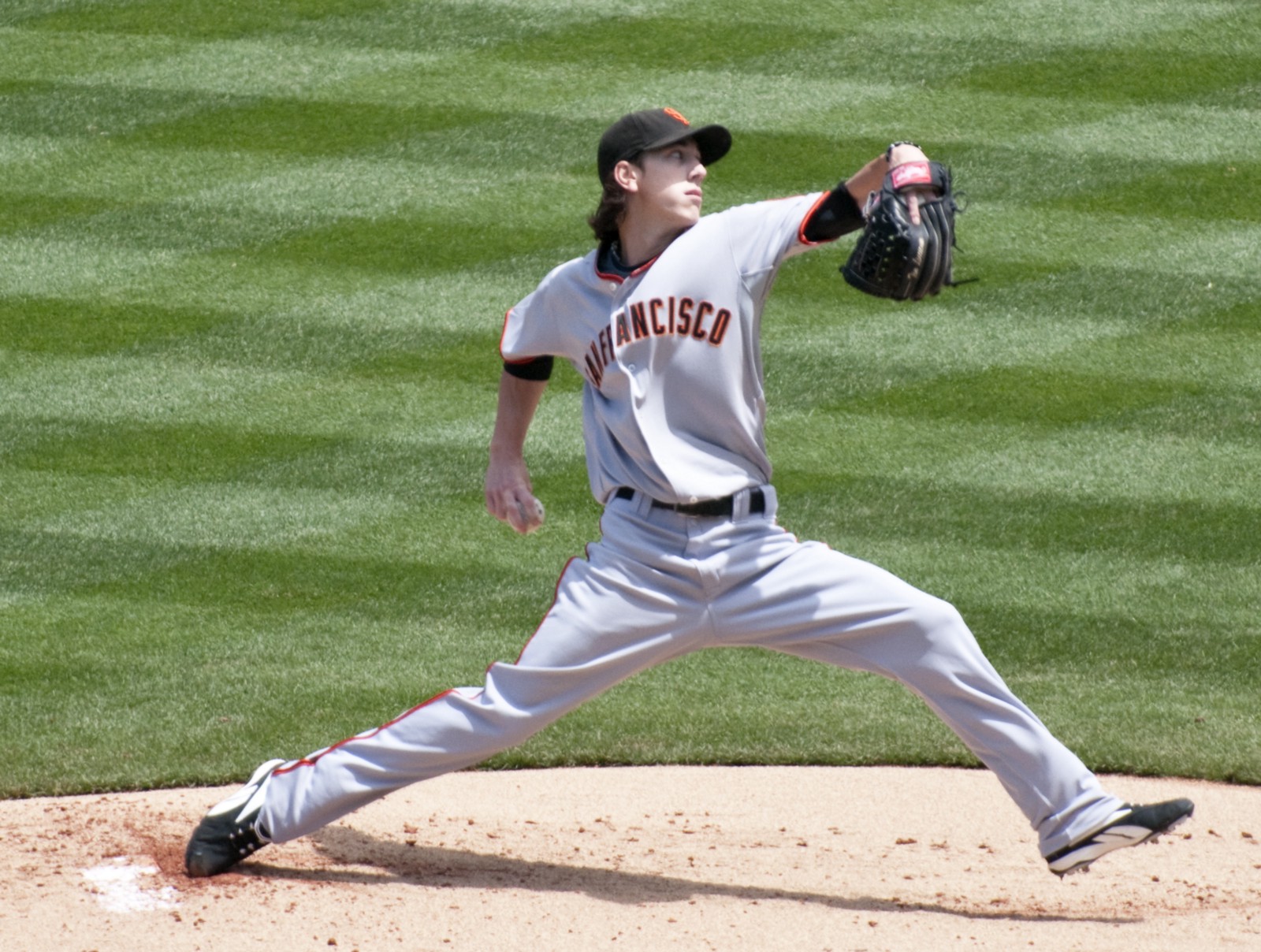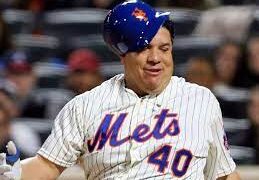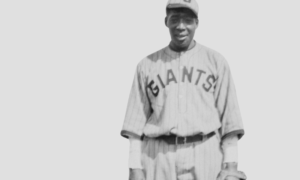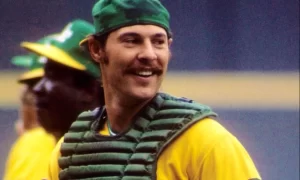Getting Tim Lincecum to the Hall of Fame

It shouldn’t have come to this. At age 33, Tim Lincecum wasn’t supposed to sign for $1 million. The Freak posted consecutive 7 WAR seasons in 2008 and 2009, winning the Cy Young award each year. He was simply, inarguably the best pitcher in baseball.
A career of excellence sprawled out before him. It was too easy to envision 200+ strikeouts in each of the next 10 years or so, sparkling ERAs, annual trips to the All-Star Game, and maybe another CY or two. The Hall of Fame was as much a foregone conclusion as it ever could be for a 25-year-old.
Of course, it just never happened. After two more good (but not great) seasons in 2010-11, the bottom fell out. His velocity dropped dramatically and he led the National League in earned runs in 2012. The velocity continued to decline over the next several seasons, as did his overall performance, and he was out of baseball altogether in 2017.
All things considered, it’s impressive he’s earned a major league contract at all. After apparently resurrecting his fastball, he’ll have a guaranteed spot on the Texas Rangers pitching staff in 2018, most likely in the bullpen. With more than $100 million in career earnings, the easy thing to do would be to call it quits. Good on him for putting his career back together.
But what about us? We expected to see something special. All we got is a likely middle reliever who leads the league in nostalgia. That sounds kinda fun, like a high school reunion, but when you actually get there you remember why you haven’t stayed in touch.
What would it take to make us whole again? We were supposed to witness a legend- something to tell the proverbial grandkids about. As long as Lincecum still pitches in the majors, it’s still technically possible for him to get back on a Hall of Fame track (though extremely unlikely). Given all of the good and bad already on his resume, here’s what he has to do to get to Cooperstown.
The Bite of JAWS
With automatic induction milestones, such as 3,000 strikeouts or 300 wins, out of reach, Lincecum will have to find some other way to impress the electorate. Jay Jaffe has done some of the absolute best work analyzing HOF candidates, and his JAWS metric is one of the best available vis-a-vis the Hall. (You should check out his excellent book, The Cooperstown Casebook.) JAWS takes a player’s career WAR and averages it with the combined WAR of his 7 best seasons (WAR7).
As for Lincecum, his JAWS is a little wonky. His WAR7 is 25.1, driven primarily by 15.4 combined WAR during his two CY seasons. However, his total WAR for his entire 10-year career is 21.1, which is actually lower than his WAR7! In 2012, 2013, 2014, and 2016, his WAR was subzero. Because of his highly unusual career arc, we’ll have to ignore the career WAR component for now and hope he can merit on peak value alone.
| Year | WAR |
| 2007 | 2.3 |
| 2008 | 7.9 |
| 2009 | 7.5 |
| 2010 | 3.7 |
| 2011 | 4.2 |
| 2012 | -1.7 |
| 2013 | -0.6 |
| 2014 | -0.7 |
| 2015 | 0.3 |
| 2016 | -1.6 |
This is good news and bad news. The two bottom scores of Lincecum’s WAR7 are 0.3 and -0.6. If he were to post two years of 2.5 WAR, relatively average seasons for a starting pitcher, his WAR7 increases to 30.4. That’s better, but not enough. The average WAR7 for a HOF starting pitcher is 50. To reach that, he’ll need five more seasons as good as his 2008-09 peak. For any pitcher entering his age 34 season, that’s extremely unlikely, even more so if he’s been ineffective or inactive since age 28. Only three pitchers since 1901 have put up at least 35 WAR in their age 34-38 seasons:
| Pitcher | Years | Ages | WAR |
| Cy Young | 1901-1905 | 34-38 | 46.9 |
| Randy Johnson | 1998-2002 | 34-38 | 44.1 |
| Lefty Grove | 1934-1938 | 34-38 | 35.0 |
Basically, Lincecum has to reach Big Unit-with-the-Diamondbacks level of excellence to make it to the HOF as a starting pitcher. This is especially problematic because he’s probably not going to be a starting pitcher for the Rangers. He’ll have to find a way to make it with half his career in the rotation, and half in the bullpen.
Next, we’ll analyze the HOF pitchers who have excelled in both roles, which is easy because there are only two of them. John Smoltz was a great starter for the Braves before Tommy John surgery cost him the 2000 season. He came back as a top-notch reliever for four years, and then returned to the rotation in 2005. While all of this is implausible, the Smoltz route is especially unlikely for Lincecum. That leaves just one HOF role model: Dennis Eckersley.
The Eckersley Path
Because he was such a dominant, trendsetting reliever, it’s easy to forget how good Dennis Eckersley was as a starter. From 1975-1986, he threw 2496 innings for the Indians, Red Sox, and Cubs. He flashed a 111 ERA+ and led the league in SO/BB three times. He made the All-Star Game twice, received some down-ballot Cy Young consideration, and accumulated 45.7 WAR. By any measure, he was a pretty good pitcher, but not a Hall of Famer.
Shortly before Opening Day in 1987, he was traded to the Oakland Athletics. At age 32, the team converted him to a full-time reliever. He pitched pretty well and ascended to the closer role in July. As with all closers of his day, he usually pitched in a multi-inning capacity. But manager Tony La Russa had a revolutionary new idea for the 1988 season: using his closer for only one inning at a time. With a shortened workload, Eck became unhittable. He posted a 1.90 ERA with a 0.79 WHIP over the next five seasons. In 1992, he collected both the AL Cy Young and MVP awards. The team won 484 games during that span (though not entirely because of Eck), reaching the postseason four times, the World Series three times, and winning the championship in 1989.
If Eckersley is the bar for Lincecum to reach, he’s already fallen behind. Just like our protagonist, Eck put up a pair of 7 WAR seasons as a starter in 1978-79. But Eckersley also accumulated 31.1 WAR outside of his two best seasons as a starter. Lincecum’s WAR in his non-CY seasons is only 5.7. However, he DID win those CYs, so while Eckersley’s 1978-1979 was just about as good as Lincecum’s 2008-2009, HOF voters will recall the latter more favorably than the former.
If Lincecum was not at Eckersley’s level as a starter, it stands to reason he has to be even better than him as a reliever. That will be nearly impossible for three reasons:
- Eckersley is one of only six relievers in the HOF. He represents the very top of the scale for what a closer can do, and hardly anyone in baseball history has reached that bar.
- There are a LOT more outstanding relievers today than there were when Eckersley pitched. Even if Lincecum somehow becomes a dominant closer, he’ll compete for notoriety with Craig Kimbrel, Andrew Miller, Aroldis Chapman, Kenley Jansen, etc.
- Lincecum does not look like an ace reliever.
According to a National League scout in attendance, Lincecum’s fastball ranged from 90-92 mph and sat mostly at 91 mph. He threw all four of his pitches and kept them around the strike zone with “a better shape and bite to his curveball than in past years.”
-Ryan Divish, Seattle Times
That’s not the scouting profile of someone who will turn into an Eckersley-caliber reliever. However, he might not have to be as good as Eck after all.
The Narrative
Hall of Fame voters love a good story. So does everyone else. Sometimes, a great narrative + a good career is enough to get a player into the Hall. Would Jack Morris be in the Hall of Fame if not for his 1991 World Series performance? HOF voters also love postseason success. Catfish Hunter won 5 World Series from 1972-78 with the A’s and Yankees. Now he’s in the Hall despite his WAR being not too much better than Lincecum’s. Furthermore, voters are partial to awards and accolades. In 1944 and 1945, Hal Newhouser became the only pitcher to win consecutive MVP awards. Even though the best hitters were fighting abroad in WWII, and he was less-than-spectacular before and after the war, he’s a Hall of Famer nevertheless.
Tim Lincecum is a back-to-back Cy Young award winner who’s thrown a pair of no-hitters. His teams have never lost a postseason series. Few pitchers have ever climbed as high nor fallen as far. Now he attempts an unprecedented comeback. That’s a bona fide made-for-TV movie script. All he has left to do is be incredible at baseball for the next 5-7 seasons, and the story will culminate with a plaque in Cooperstown.
-Dan Epstein




















